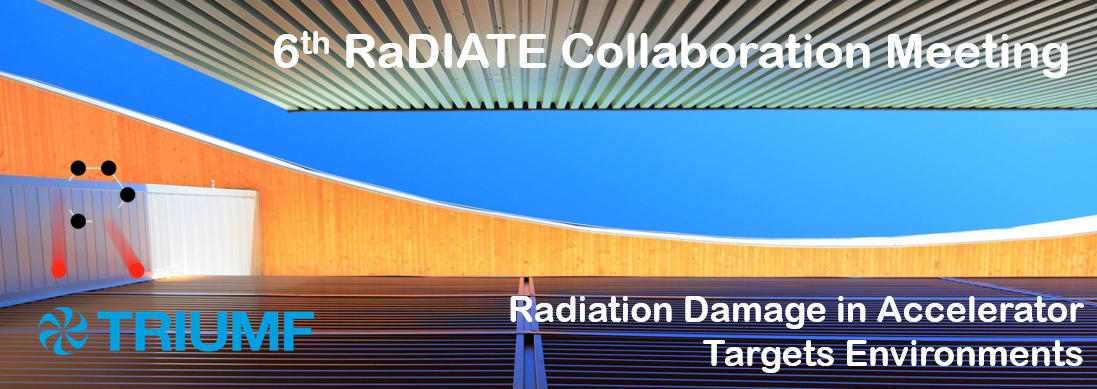Speaker
Dr
Johannes Jobst
(Demcon Advanced Mechatronics)
Description
The broad applicability of the gamma-decay of Tc-99m for diagnostic imaging makes it the most widely used medical isotope with forty million patients each year. Due to its short half-life of 6 h, it is produced directly in the hospitals utilizing the decay of Mo-99 to Tc-99m with a half-life of 66 hours. The world-wide demand of Mo-99 is currently provided by neutron-bombardment of highly purified U-235 in a few aging reactors. The bombardment of Mo-100 with high-energy electrons can also produce the desired Mo-99 in a much cleaner way that does not require a fission reactor and enriched U-235. In order to reach Mo-99 concentrations that are sufficient, however, the electron beam intensity has to be very high (40 mA at 75 MeV in the LightHouse Isotopes concept). Here we will discuss some of the challenges that result from the associated high heat load (3 MW energy input) and damage rates (~ 1 dpa/day) for the design and operation of a molybdenum target and its environment. In particular, we focus on the assessment and testing of the degradation of target material and its support structures upon irradiation. The aim is to produce a target chamber that can withstand this hostile environment for prolonged time to reliably supply the world with ‘clean’ Mo-99.
Primary author
Dr
Johannes Jobst
(Demcon Advanced Mechatronics)
Co-authors
Dr
Arno Bleeker
(ASML)
Dr
Koen op 't Hoog
(Demcon Advanced Mechatronics)
Dr
Kriti Gupta
(Demcon Advanced Mechatronics)
Dr
Rien Wesselink
(Demcon Advanced Mechatronics)
Dr
Umberto Perinetti
(Demcon Advanced Mechatronics)

